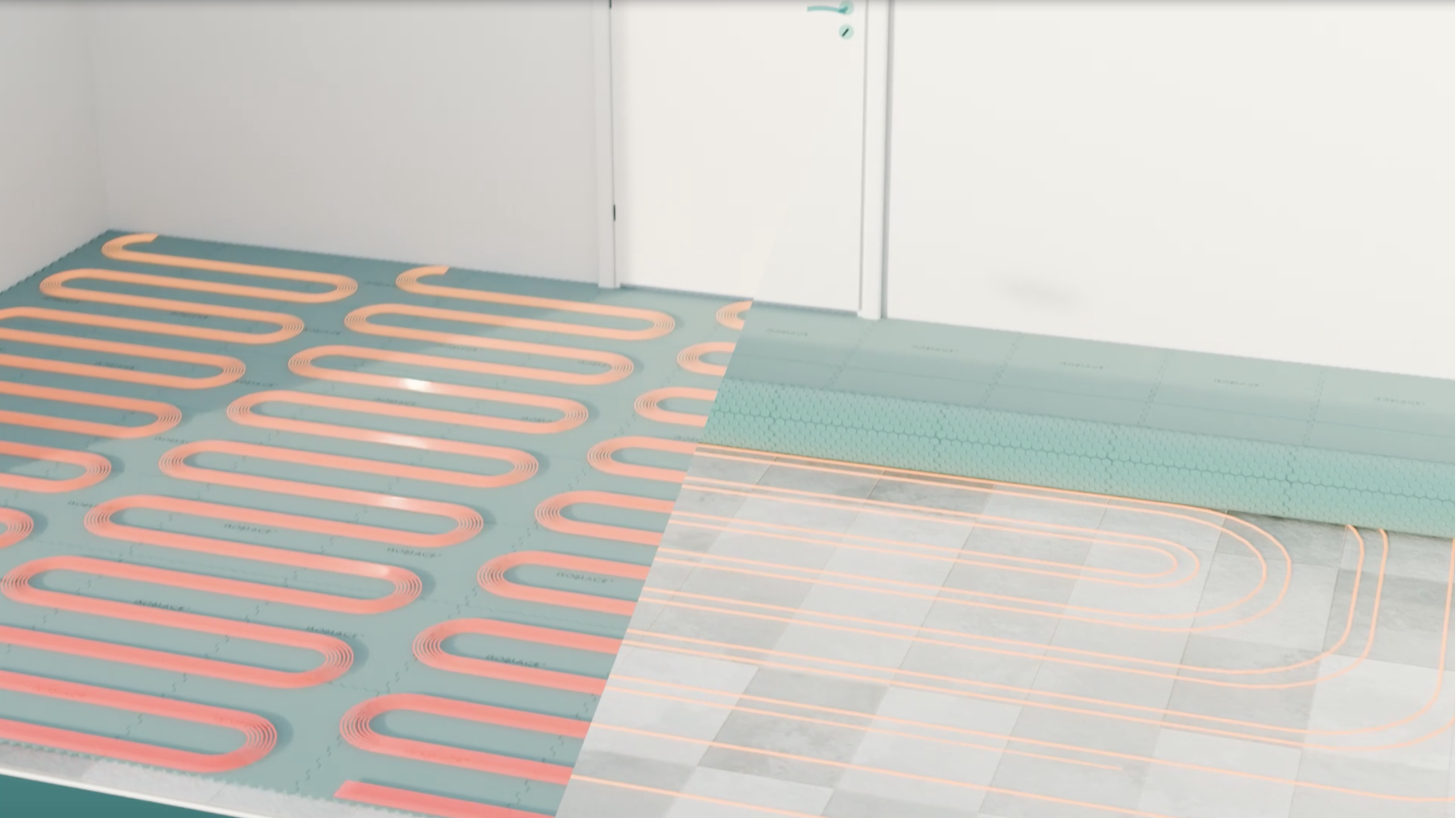Exceptionally good qualities
Nobody wants high heating costs or cold feet. A heat insulating underfloor works wonders. Such an underfloor, also known as a thermal insulating underfloor, ensures that the cold from the subfloor does not rise to the top. ISOBLACE is such a heat insulating underfloor, with exceptionally good properties.
Optimal thermal insulation
The standard ISOBLACE BASIC underfloor scores high in both thermal and sound insulation. This is due to the smart construction of the material, where air plays the leading role.

Exceptionally thin thermal insulating underfloor
Most underfloors with good thermal (and sound) insulation values are quite thick, making them difficult to place in existing situations. Doors and frames need to be shortened due to the significant increase in floor height. With ISOBLACE, this is not necessary. ISOBLACE is an exceptionally thin thermal insulating underfloor.
Suitable for all types of underfloor heating
ISOBLACE is extremely suitable as a thermal insulating underlay for all types of underfloor heating, even electric underfloor heating. Other underlays are often unsuitable because they need to be glued, which can come loose with (electric) underfloor heating. This is not the case with ISOBLACE, as it can be installed without glue.

Questions & Answers about ISOBLACE as a Thermal Insulating Underfloor
Should I install ISOBLACE under or over my underfloor heating?
The ISOBLACE thermal underfloor can be applied both under and over underfloor heating. When applied under the heating, it prevents rising cold. When applied over your heating, it retains the heat from the underfloor heating longer, providing you with a pleasant, stable indoor climate.
Is ISOBLACE easy to install?
ISOBLACE is very easy to install. The tiles are lightweight and feature a handy click system. No preparation or finishing is needed. You can simply lay ISOBLACE on any subfloor without glue. Levelling is not necessary, as ISOBLACE does that itself. It can be finished with any desired floor type.
Which top floors are suitable for the ISOBLACE underfloor?
principle, any top floor can be laid on ISOBLACE. Hard top floors like parquet and laminate can be placed directly on the underfloor. For PVC, tile, cast, and gravel floors, an intermediate layer is needed, such as a decoupling mat or dry screed like an MDF system.


